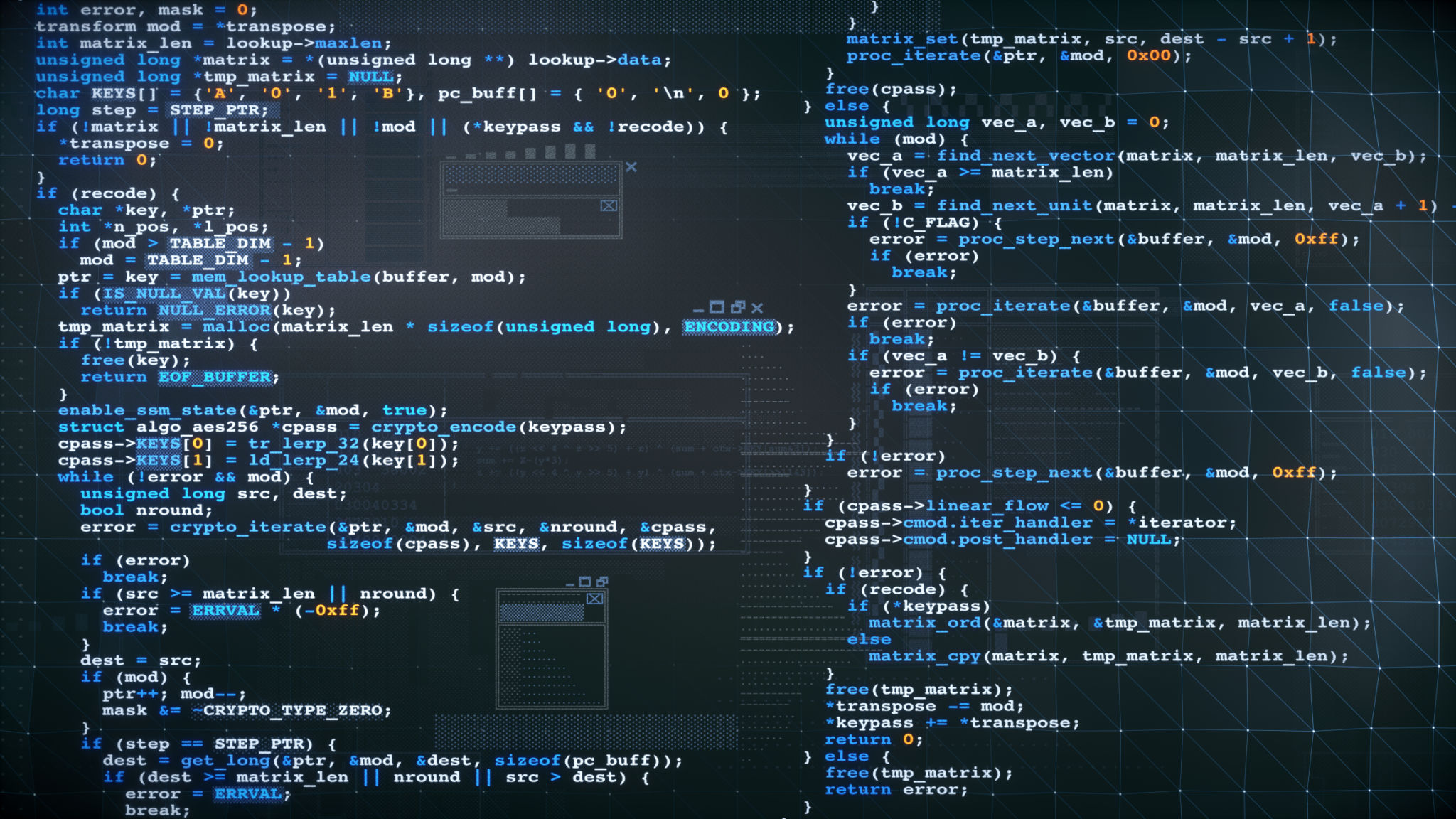AI vs. Traditional Software: Which is Right for Your Business?
DW
Understanding the Basics: AI vs. Traditional Software
As businesses increasingly integrate technology into their operations, the debate between adopting AI solutions versus sticking with traditional software intensifies. Understanding the fundamental differences between these two options is crucial for making an informed decision that aligns with your business goals.
Traditional software operates based on predefined rules and logic. It requires explicit instructions from developers to perform tasks. In contrast, AI systems are designed to learn and adapt from data inputs, improving over time without constant human intervention. This distinction significantly impacts how each can be implemented and utilized within a business environment.

The Advantages of AI
AI offers distinct advantages that can transform modern business operations. One of its most compelling features is its ability to handle and analyze vast amounts of data more efficiently than traditional software. This capability enables businesses to gain deeper insights and make data-driven decisions quickly.
Moreover, AI systems can automate routine tasks, freeing up human resources for more strategic activities. By leveraging machine learning, AI can also predict trends and customer behaviors, allowing businesses to stay ahead of market changes. These benefits make AI an attractive option for companies looking to innovate and grow.

The Reliability of Traditional Software
Despite the buzz around AI, traditional software remains a reliable choice for many businesses. Its predictability and stability are unmatched, as it executes tasks exactly as programmed without deviation. This level of control is particularly important for industries where precision and consistency are critical.
Traditional software solutions are often less complex to implement and require less specialized knowledge to manage. For businesses with limited tech resources or those operating in a stable environment with established processes, traditional software can be a cost-effective and practical choice.

Factors to Consider When Choosing
When deciding between AI and traditional software, several factors should be considered:
- Business Objectives: Identify whether you need innovative solutions for complex problems or if stable, reliable operations are your priority.
- Budget: Consider the initial investment and ongoing costs associated with each option.
- Technical Expertise: Evaluate your team's ability to implement and maintain the chosen technology effectively.
Integration and Scalability
Another critical consideration is how well the technology integrates with existing systems and its scalability. AI solutions often require significant upfront integration efforts but offer unparalleled scalability as they learn and adapt. Traditional software might integrate more seamlessly but could face limitations as business needs evolve.

Making the Right Decision for Your Business
The choice between AI and traditional software ultimately depends on your business's unique needs and circumstances. Companies focused on innovation and data-driven decision-making might find AI more beneficial, while those requiring stability and predictability might prefer traditional software.
Carefully evaluate your current operations, future goals, and available resources to make an informed decision. By aligning your technology choice with your strategic objectives, you can ensure that your business remains competitive in an ever-evolving marketplace.